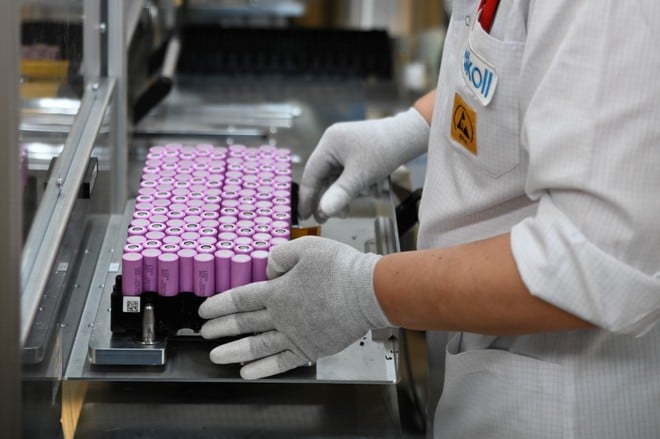
Basf and Nanotech together to reduce the environmental impact of batteries. &` This is a central issue in the energy transition: this is true. that electricity can be obtain through renewable or low environmental impact sources and this give a great contribution in reducing “weight” of the activities human beings at the expense of the environment, but it is equally true that there is to minimize the environmental impact of the tools that allow us to store that energy and use it as needed, that is, the batteries.
More is the use of electricity is widespread instead of sources with the greatest impact, more increases the need of batteries. &` true (especially) for cars or home storage systems, but it is also for smartphones, tablets, computers and more generally for consumer electronics which have higher diffusion rates. Continuously producing new batteries is not sustainable, for which we need solutions that cancel (utopia) or limit as much as possible the environmental impact of accumulators is possible.
25% LESS CO2 IN THE ENVIRONMENT
One of the possible is Basf and Nanotech. Basf is a leading company in the production of materials needed for batteries, Nanotech is in the field of storage systems. The agreement is for the creation of Nanotech lithium ion batteries for the North American market with a significantly reduced carbon footprint. BASF's contribution will be is to provide Nanotech with active cathode materials coming from recovery.
Compared to an equivalent cathode with virgin material, i.e. coming from from a mine, making cathodes with recovered materials cuts the carbon dioxide released into the atmosphere by approximately 25%, and the figure declared by the two companies in the note announcing the agreement. BASF is engaged in the recycling of materials intended for batteries also in Europe.
The common batteries areour "tanks" of electricity. Inside them, a special substance has chemical energy which is then converted into electrical energy when a resistant load is connected to the poles, i.e. the user (for example the car, the smartphone or a flashlight). The electrical energy from the battery reaches the user through the two poles, the anode, i.e. the one with a higher electrical potential, and the cathode, with a lower potential. THE VALUE CHAIN
The agreement also envisages the collaboration of both with American Battery Technology Company (ABTC), a company that deals with recycle end-of-life lithium-ion batteries, “to create a battery value chain for the North American automotive and consumer electronics industries.”
It works like this: ABTC recovers materials indispensable for batteries such as nickel, cobalt, manganese and lithium and passes them to BASF and the other partner TODA, which transform them into new precursors and active cathode materials from finally deliver to Nanotech, which closes the circle by building batteries with reduced energy impact.
Daniel Schönfelder, Senior Vice President Battery Base Metals and Recycling at BASF, said:
Our partnership with Nanotech, ABTC and TODA marks an important step for the business BASF Global Recycling System. We are now establishing the first closed-loop system in North America. This will allow BASF and Nanotech to produce lithium-ion batteries with locally recycled components.
Curtis Collar, Chief Marketing and Sales Officer of Nanotech, said:
By working together, these four companies can leverage their expertise to achieve better and more efficient results. sustainable technologies for the benefit of the US electric car and consumer electronics industry.
Small and super powerful? Apple iPhone 14 Pro, buy it at the best price from eBay at 999 euros.